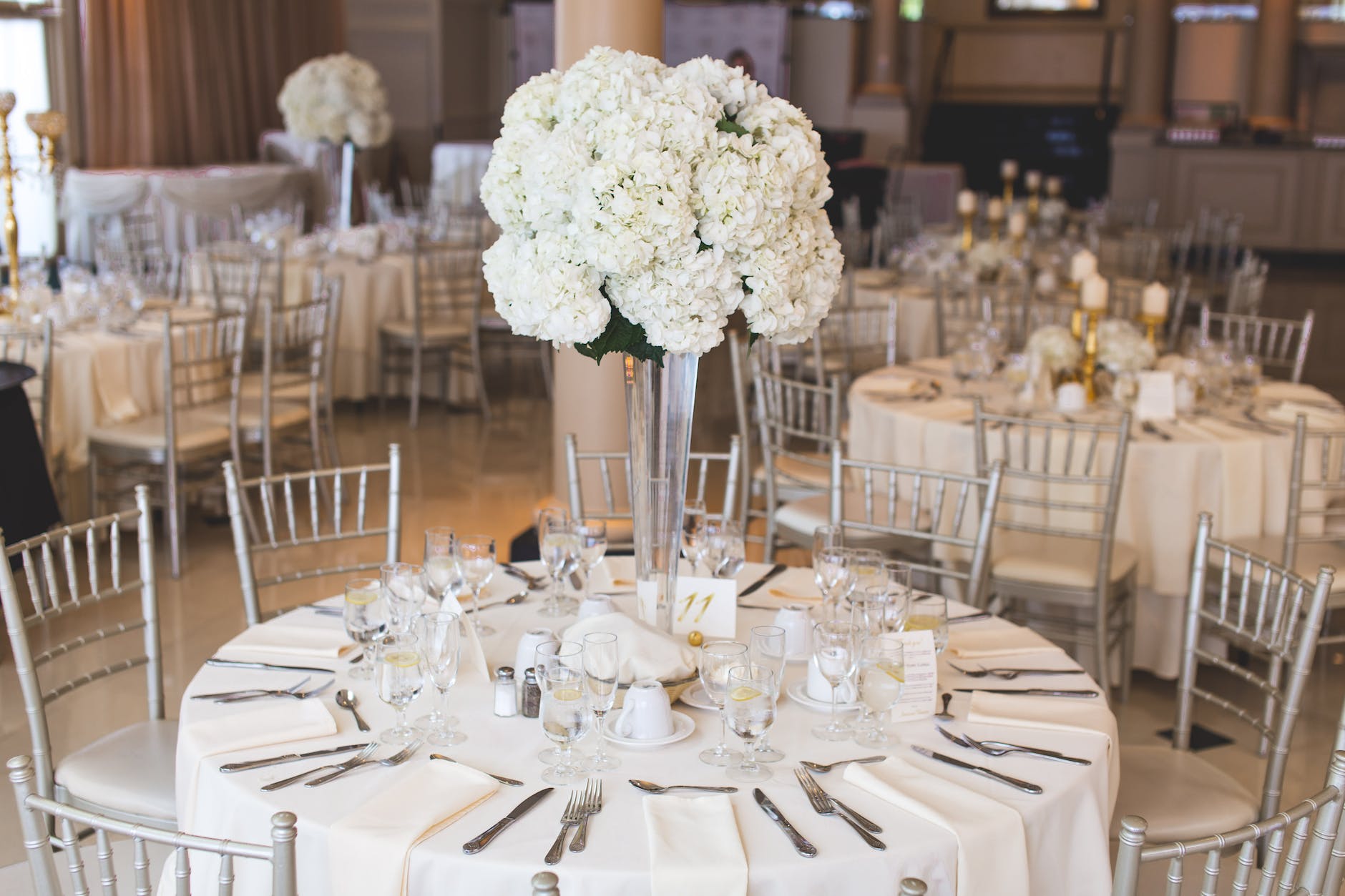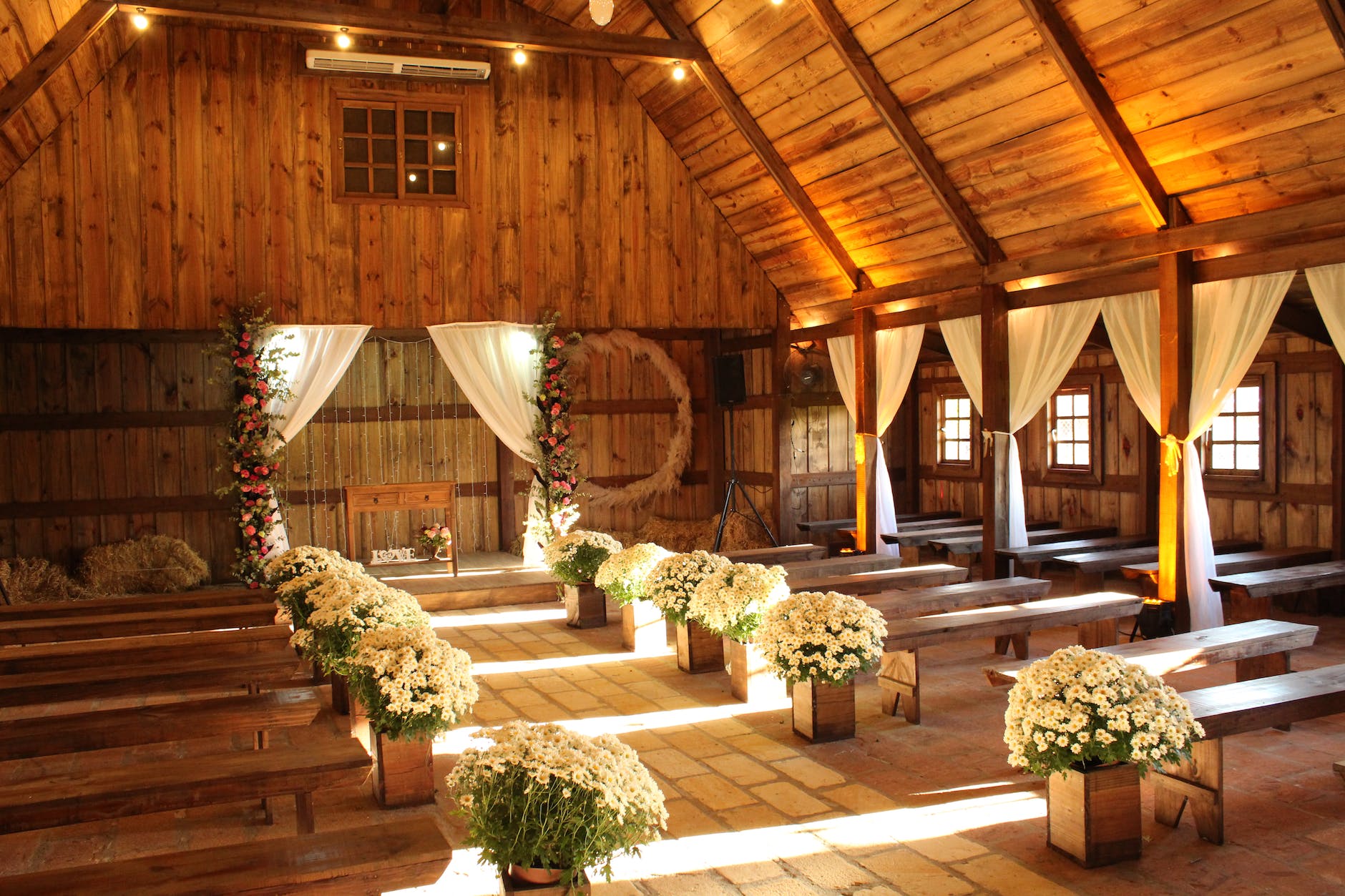A decorator's light touch plays a crucial role in the creation of a balanced and harmonious space. It is the delicate and intentional approach that brings together all the elements of a room, resulting in a visually pleasing and inviting atmosphere. This article aims to explore the significance of a decorator's light touch in interior design and provide insights on how to achieve it.When it comes to creating a light touch, one of the key considerations is the choice of colors. Selecting the right colors can greatly impact the overall feel of a space. Neutral tones, for instance, contribute to a light touch by creating a sense of calmness and tranquility. These colors, such as whites, beiges, and grays, provide a neutral backdrop that allows other elements in the room to shine.Pastel shades are another excellent option for adding a delicate and soft touch to the decor. These light and airy colors, like soft pinks, baby blues, and mint greens, can create a soothing and gentle ambiance. They work particularly well in spaces where a subtle and feminine touch is desired.In addition to color selection, utilizing natural light is crucial in achieving a light touch. Maximizing the amount of natural light in a room can create a bright and uplifting environment. Choosing window treatments that allow natural light to flow into the space while maintaining privacy is essential. Sheer curtains or blinds that can be easily adjusted are great options to consider.Mirrors and reflective surfaces are also effective tools for bouncing natural light and creating an illusion of a larger space. Placing mirrors strategically can help brighten up a room and make it appear more spacious. Reflective surfaces, such as glass or metallic accents, can also contribute to a light touch by adding a touch of elegance and sophistication.In conclusion, a decorator's light touch is essential in achieving a balanced and harmonious space. By carefully considering color choices, utilizing natural light, and incorporating reflective surfaces, a decorator can create an atmosphere that is visually pleasing and inviting. So, the next time you embark on a decorating project, remember the significance of a light touch and the impact it can have on the overall ambiance of a room.
Understanding the Concept
Understanding the concept of a decorator's light touch is essential in creating a balanced and harmonious space in interior design. It refers to the ability of a decorator to add subtle and delicate elements to a room without overpowering the overall design. A light touch involves using minimalistic and understated decor choices that enhance the space without overwhelming it.When a decorator has a light touch, they understand the importance of creating a sense of openness and tranquility in a room. They focus on creating an atmosphere that feels airy and spacious, allowing the natural flow of energy and light. This concept is particularly important in small spaces where every element counts.One way to achieve a light touch in interior design is through the careful selection of colors. Neutral tones, such as whites, beiges, and grays, can contribute to a light and calming atmosphere. These colors create a sense of openness and allow other elements in the room to shine. Pastel shades, on the other hand, add a delicate and soft touch to the decor, creating a serene and inviting ambiance.In addition to color choices, maximizing natural light is another crucial aspect of achieving a light touch in interior design. Window treatments play a significant role in this regard, as they should allow natural light to flow into the space while maintaining privacy. Sheer curtains or blinds can be an excellent choice, as they filter the light and create a soft and ethereal effect.Mirrors and reflective surfaces are also valuable tools in creating a light touch. They can bounce natural light around the room, making it appear brighter and more spacious. Placing mirrors strategically opposite windows or using furniture with reflective surfaces can create an illusion of a larger space and enhance the overall lightness of the room.Choosing the Right Colors
Choosing the right colors is essential in creating a light and airy atmosphere in a space. The colors we choose for our interiors have a significant impact on the overall feel and mood of a room. By selecting the right colors, we can create a sense of openness, brightness, and tranquility.Here are some tips to help you select colors that will contribute to a light and airy atmosphere:- Opt for Neutral Tones: Neutral colors such as whites, creams, and light grays are known for their ability to create a light touch. These colors provide a clean and calm backdrop, allowing other elements in the room to stand out. They also reflect natural light, making the space feel brighter and more spacious.
- Consider Pastel Shades: Pastel shades, such as soft blues, pale pinks, and mint greens, add a delicate and soft touch to the decor. These colors have a soothing effect and can create a sense of serenity in a room. They work particularly well in bedrooms and living areas where relaxation is key.
- Balance with Accents: While neutral and pastel colors are great for creating a light touch, it's important to add some contrast and interest to the space. Consider incorporating accents in bolder colors such as vibrant yellows or energetic oranges. These pops of color can add depth and visual appeal without overpowering the overall light and airy feel.
Neutral Tones
Neutral colors play a crucial role in achieving a light touch and creating a sense of calmness in any room. These colors, such as whites, beiges, and grays, have the power to create a harmonious and balanced atmosphere. Their subtle and understated nature allows them to blend seamlessly with other elements in the space, providing a serene backdrop for the overall design.One of the key benefits of using neutral tones is their ability to reflect light, making a room feel brighter and more spacious. By bouncing natural and artificial light, these colors can enhance the overall brightness of the space, creating an open and airy feel. This effect is especially valuable in smaller rooms or areas with limited access to natural light.Additionally, neutral colors have a calming effect on the mind and body. They evoke a sense of tranquility and relaxation, helping to create a soothing environment. Whether it's a bedroom, living room, or office space, incorporating neutral tones can contribute to a peaceful atmosphere, promoting a sense of well-being and enhancing the overall comfort of the room.In terms of design versatility, neutral colors are incredibly flexible. They serve as a blank canvas, allowing you to experiment with different textures, patterns, and accent colors. Whether you prefer a minimalist aesthetic or a more eclectic style, neutral tones provide a solid foundation that can be easily customized to suit your personal taste and preferences.In conclusion, neutral tones are an essential element in achieving a light touch and creating a sense of calmness in any room. Their ability to reflect light, promote tranquility, and offer design flexibility make them a valuable choice for interior design. So, consider incorporating neutral colors into your next decorating project and experience the transformative power they can bring to your space.Pastel Shades
Pastel shades are a popular choice when it comes to adding a delicate and soft touch to the decor of a space. These light and muted colors can create a soothing and calming atmosphere, making a room feel more inviting and peaceful.One of the advantages of using pastel shades is their versatility. They can be easily incorporated into any design style, whether it's modern, traditional, or eclectic. Pastel shades work well as the main color scheme or as accents to complement other bolder colors in the room.When choosing pastel shades, it's important to consider the overall mood and ambiance you want to create. Soft blues and greens can evoke a sense of tranquility and serenity, perfect for bedrooms or living spaces where relaxation is key. Light pinks and yellows can add a touch of playfulness and warmth to a nursery or children's room.To make the most of pastel shades, it's essential to pair them with the right complementary colors and furnishings. Neutral tones such as whites, creams, and light grays can help create a harmonious and balanced look. Adding texture through fabrics, such as linen or velvet, can also enhance the softness and depth of the pastel shades.In conclusion, pastel shades are a wonderful choice for adding a delicate and soft touch to any decor. Their versatility and ability to create a calming atmosphere make them a popular option for interior design. By carefully selecting complementary colors and furnishings, pastel shades can create a harmonious and inviting space that exudes tranquility and serenity.Utilizing Natural Light
Utilizing natural light is an essential aspect of creating a bright and uplifting environment in any space. The presence of natural light has a transformative effect on the overall ambiance, making it feel more open, spacious, and inviting.One way to maximize natural light is by choosing window treatments that allow sunlight to flow into the space while maintaining privacy. Opting for sheer curtains or blinds can effectively filter light, creating a soft and diffused glow. Additionally, using light-colored or translucent fabrics can enhance the brightness of the room.Another technique to harness natural light is by incorporating mirrors and reflective surfaces strategically. Placing mirrors opposite windows can bounce the natural light, illuminating the entire room. This not only adds a sense of brightness but also creates an illusion of a larger space, making it feel more expansive and airy.Furthermore, arranging furniture in a way that doesn't obstruct the path of natural light is crucial. Avoid placing large pieces of furniture in front of windows as they can block the flow of light. Instead, consider positioning furniture perpendicular to the windows, allowing light to penetrate and fill the room.Incorporating skylights or light tubes is another innovative way to bring in more natural light. These architectural features not only provide an additional source of sunlight but also add a unique and visually appealing element to the space.By harnessing the power of natural light, you can create a space that feels vibrant, energizing, and uplifting. Whether it's through the use of window treatments, mirrors, or architectural elements, embracing natural light can truly transform the ambiance of any room.Window Treatments
When it comes to creating a light and airy atmosphere in a space, choosing the right window treatments is crucial. You want to allow natural light to flow into the room while also maintaining privacy. Fortunately, there are several options that can achieve this delicate balance.Curtains and Drapes: One popular choice for window treatments is curtains and drapes. Opt for sheer or semi-sheer fabrics that will filter the light and create a soft, ethereal effect. These window coverings not only let in natural light but also provide a sense of privacy during the day. Choose light and neutral colors to enhance the light touch in the room.Blinds: Another option is blinds, which offer more control over the amount of light entering the room. Venetian blinds, for example, allow you to adjust the slats to let in just the right amount of light while still maintaining privacy. Opt for blinds in light colors or natural materials to maintain a sense of airiness.Shades: Shades are a versatile option that can be customized to suit your needs. Cellular shades, also known as honeycomb shades, are particularly effective at diffusing light while providing insulation. These shades come in a variety of opacities, allowing you to choose the level of privacy and light control you desire.Window Film: For a modern and minimalist look, consider window film. This adhesive film can be applied directly to the glass, providing privacy while still allowing natural light to enter the space. Window film comes in various patterns and designs, allowing you to add a unique touch to your windows.Remember, the key is to choose window treatments that complement the overall aesthetic of the room while creating a light and airy atmosphere. By selecting the right window coverings, you can strike the perfect balance between natural light and privacy.Mirrors and Reflective Surfaces
Mirrors and reflective surfaces play a crucial role in interior design by harnessing the power of natural light to create a sense of spaciousness and openness in a room. By strategically placing mirrors and incorporating reflective surfaces into the decor, decorators can enhance the overall aesthetic and functionality of a space.One of the key benefits of using mirrors and reflective surfaces is their ability to bounce natural light around the room. When positioned correctly, mirrors can capture and reflect sunlight, spreading it throughout the space and making it appear brighter and more inviting. This not only creates a pleasant and uplifting atmosphere but also helps to reduce the need for artificial lighting during the day, saving energy and lowering electricity bills.In addition to maximizing the amount of natural light in a room, mirrors and reflective surfaces can also create an illusion of a larger space. By strategically placing mirrors on walls or incorporating reflective surfaces in furniture or decor items, decorators can visually expand the dimensions of a room. This is particularly beneficial for smaller spaces or rooms with limited natural light, as it can make them feel more spacious and airy.When using mirrors and reflective surfaces, it's important to consider their placement and size. Placing a mirror opposite a window or a light source allows it to capture and reflect the maximum amount of light. Additionally, using larger mirrors can create a more dramatic effect, while smaller mirrors can be used to add subtle touches of reflection throughout the room.Overall, mirrors and reflective surfaces are powerful tools in a decorator's arsenal, allowing them to harness the beauty of natural light and create the illusion of a larger, more open space. By incorporating these elements into their designs, decorators can transform any room into a bright and inviting sanctuary.Frequently Asked Questions
- What is a decorator's light touch?A decorator's light touch refers to their ability to create a balanced and harmonious space by using subtle and delicate design elements. It involves creating an atmosphere that feels light, airy, and inviting.
- Why is a decorator's light touch important in interior design?A decorator's light touch is important in interior design because it can greatly impact the overall feel and ambiance of a space. It helps create a sense of tranquility, openness, and visual appeal. It allows the room to breathe and promotes a positive and uplifting environment.
- How can I choose the right colors to achieve a light and airy atmosphere?To achieve a light and airy atmosphere, opt for colors that are soft, muted, and light. Neutral tones such as whites, creams, and grays can create a sense of calmness and spaciousness. Pastel shades like pale blues, pinks, and greens can add a delicate and soothing touch to the decor.
- What role do neutral tones play in creating a light touch?Neutral tones play a crucial role in creating a light touch as they provide a backdrop that allows other elements to shine. They create a sense of balance and neutrality, allowing the space to feel open and uncluttered. Neutral colors also have a timeless appeal and can easily blend with different design styles.
- How can I maximize natural light in a space?Maximizing natural light can be achieved through various methods. Choosing window treatments that allow light to flow in while maintaining privacy is one way. Utilizing mirrors and reflective surfaces strategically can also help bounce light around the room and create an illusion of a larger space.
- Why are window treatments and mirrors important in utilizing natural light?Window treatments play a crucial role in utilizing natural light as they allow you to control the amount of light entering the room while still maintaining privacy. Mirrors and reflective surfaces help amplify natural light by reflecting it throughout the space, making it feel brighter and more spacious.


















